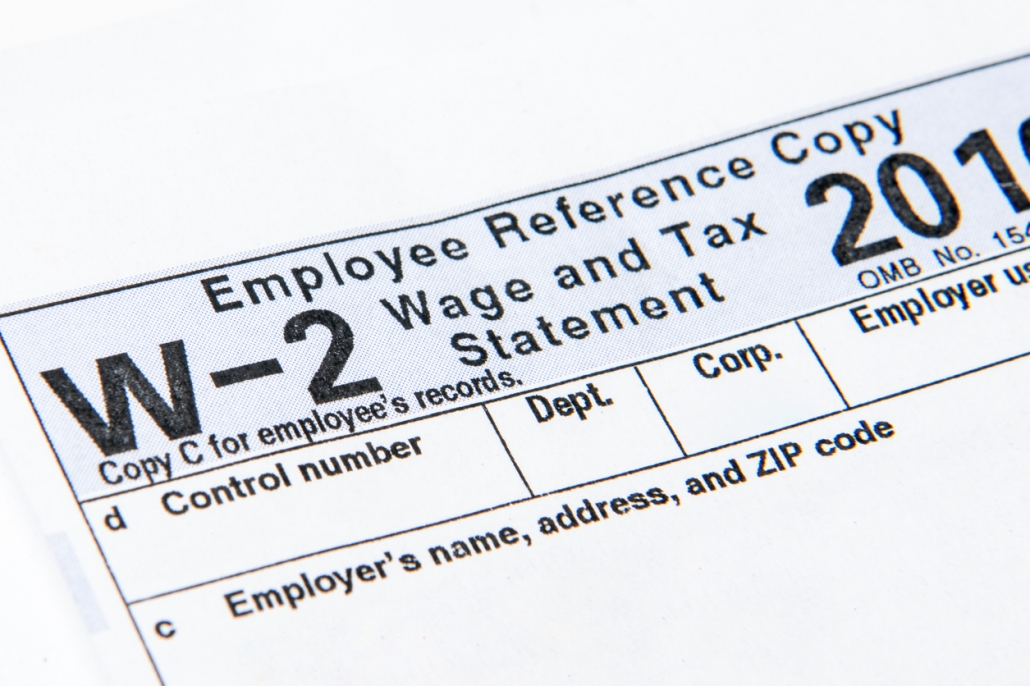Archive for January 2019
The 8 Biggest Asset Protection Mistakes Doctors Make
A successful lawsuit without enough insurance could threaten a lifetime of savings
In today’s litigious society, getting sued is not uncommon – especially for doctors. One in three physicians has a medical liability lawsuit filed against them during their careers, a proportion that goes up as a physician gets older.
Can Physicians Lose Their House in a Malpractice Lawsuit?
Find out what’s really at stake
There is a perception that malpractice lawsuits may cost doctors everything – their assets, savings, or even their house. But while malpractice cases can be lengthy and expensive, it’s actually very rare that a doctor would lose it all in these cases if he or she has the proper insurance coverage.
Read MoreEmployee vs. Contractor: Why Not Knowing the Difference Can Land Your Business in Hot Water
Make sure you fully understand the ramifications of mislabeling a worker when doing your taxes Your business may see big benefits in hiring independent contractors for certain work. But it’s crucial to remember the difference between an employee and an independent contractor when reporting your taxes each year. Making a mistake in differentiating between the…
Read MoreHow to Minimize Taxes When You Sell Your Medical Practice
Understanding these key issues keeps more money in your pocket than Uncle Sam’s Small, independent medical practices once dominated the medical landscape. But doctors are increasingly giving up their independence to join larger groups or hospital systems that eliminate the headaches of running a business in today’s health care climate. 2016 marked the first time…
Read More



